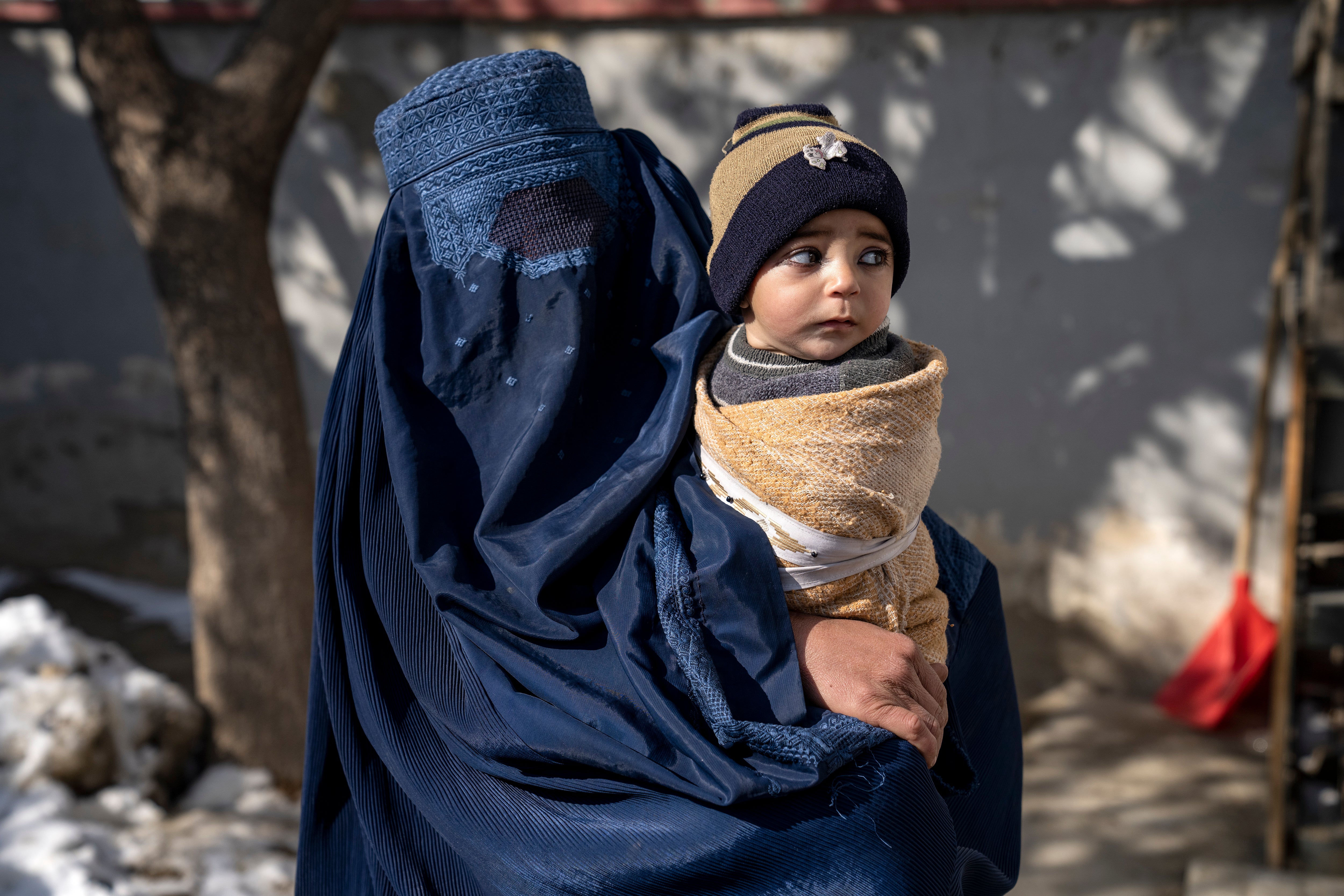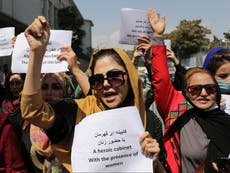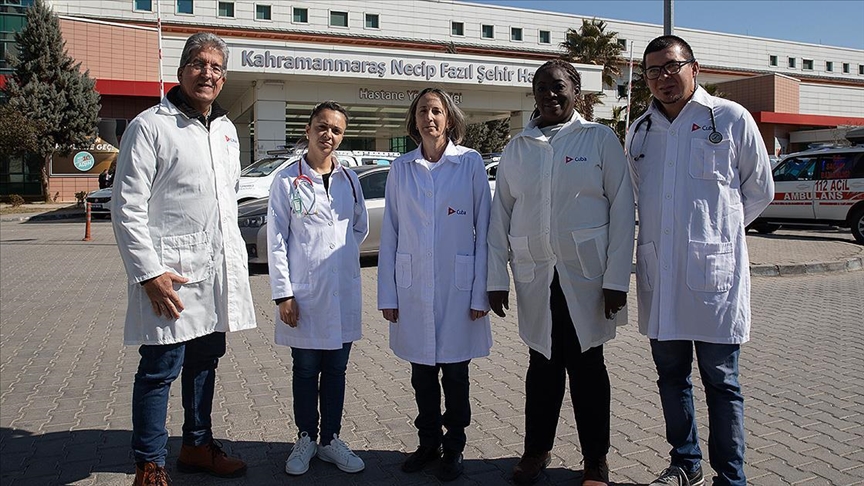Vanessa Barbara, interviewed by Willa Glickman
“With Bolsonaro out of the way, I look forward to writing more about mental health issues and other topics of everyday life.”
February 25, 2023

Vanessa Barbara
“The following is a description of a video that I did not watch,” writes Vanessa Barbara in her report on the nation’s recent presidential election in the February 23, 2023, issue of the Review. “‘A male synthetic organism was walking down the street when it came across an evil 5G entity. The biological entity had taken the third dose of the vaccine and its graphene nano-bot system was revved up.’” Though the leftist candidate Luiz Inácio Lula da Silva prevailed over the right-wing Jair Bolsonaro in the October election, a thriving cottage industry of social media conspiracies still mobilizes support for extremist, pro-dictatorship politicians, leaving Brazil’s democracy in a fragile, if hopeful, state.
Barbara, a Brazilian novelist, journalist, and translator,has a lively eye for detail (to take only one example, an Op-Ed she wrote for The New York Times took time to record the name of a neighbor’s pet: Turtle Moses). A current of humor runs through her writing—on subjects as diverse as health, media, and environmental degradation—which is perhaps necessary when reporting on the surrealist turn that politics has taken in both Brazil and the United States.
Last week we corresponded over e-mail about the private messaging app Telegram, Borges, and leftist vegans.
Willa Glickman: What brought you to writing and journalism?
Vanessa Barbara: I was born in 1982 on the outskirts of São Paulo, where I’ve lived my whole life. I started by getting a degree in journalism, but then realized that reporting was not exactly what I wanted to do. I also tried to concentrate on writing fiction, but that was not what I wanted to do, either. Then I tried doing a little bit of everything, and it somehow worked better. That’s what I’m still doing today. In 2008 I earned the Jabuti Prize for O Livro Amarelo do Terminal, a nonfiction book about São Paulo’s—and Latin America’s—largest bus terminal, and in 2014 I received two other prizes (one in France) for a novel, Lettuce Nights. I’ve also written a graphic novel (why not?), and I’m going to publish a children’s book in April. I swear I once copyedited the Portuguese subtitles in a Polish documentary.
Does your writing for an English-speaking audience in the US feel distinct from what you write in Portuguese for Brazilian readers? Is there one genre you especially enjoy?
My Brazilian writing career is very diverse and loose, as I mentioned. But when I’m asked to write for an American audience, things get a little tenser. As someone who’s never studied abroad and who spent most of her life mastering the Portuguese language, writing in English feels like trying to play the flute on a bamboo stick. Not very easy. Additionally, I rarely get asked to write about issues other than Brazilian politics, which eventually becomes a little restrictive. Jorge Luis Borges once said that Argentine writers should not confine themselves to a few local themes, because the universe is their patrimony too. I do try to honor Borges: in eighty pieces for The New York Times during the last nine years, I’ve managed to write about astronomy, turtles, mental health, obstetrics, my sleep disorder, feminism, dengue fever, and the nail polish industry. For the Review I once wrote about the World Cup sticker album. I love writing essays, but my favorite genre is the crônica, a Portuguese-language essay form that is a playful combination of journalism and literature.
With Bolsonaro out of the way, I look forward to writing more about mental health issues and other topics of everyday life. For example, I’ve never written about dance, planetariums, odontology, or Carnival.
In your essay about the election, you document a number of fascinating examples of political and scientific misinformation that are often spread over the messaging service Telegram, which we’re less familiar with in the US. Could you tell us a bit more about this app—what makes it so popular, and does it have certain features that make it easy for users to spread misinformation?
Telegram is an encrypted message platform that supports group chats with up to 200,000 users and channels with an unlimited number of subscribers, so it’s easier to mass-reproduce content there than on WhatsApp, for example, which limits the size of groups. Telegram’s rules on abuse and disinformation are vague, and they are loose about moderation. The company has also, until very recently, eluded all orders and requests from the Brazilian courts. Other social media companies, such as Facebook, Twitter, YouTube, and WhatsApp, had working relationships with the courts; they started flagging and removing false information. So when users were banned from other platforms, they went to Telegram.
Was there already a current of mistrust for scientists in the country before Bolsonaro came to power? You note that vaccination rates for children were once very robust.
We’ve always been cited for our successful children’s vaccination campaign. Our national immunization program, which is among the best in the world, offers more than twenty free vaccines to all Brazilians and has been making its way to self-sufficiency in vaccine production. Between 2002 and 2012 the program achieved an average child vaccination rate of 95 percent. This started to change after presidents Michel Temer (2016–2018) and Jair Bolsonaro (2019–2022) both delivered damaging cuts to our national healthcare system. Bolsonaro has also worked hard to discredit Covid vaccines, and delayed the government from buying them, while promoting an imaginary “early treatment” with ineffective drugs such as hydroxychloroquine and ivermectin. Bolsonaro has in fact embodied a historical shift in the Brazilian population’s trust in science, especially on public health and environmental issues.
The January 8 attack on the capitol by Bolsonaro supporters echoed the January 6 attack in the United States, and there are obvious parallels in the vaccine denialism and other preoccupations of the so-called culture war—to what extent does information flow directly between American and Brazilian right-wing influencers?
Brazilian and American far-right supporters are close to one another. Steve Bannon, for example, has repeatedly cast doubt on the integrity of Brazil’s electoral system and is considered an informal advisor to Jair Bolsonaro’s campaign. Tucker Carlson has also amplified the baseless claims of election fraud in Brazil. The national politician Eduardo Bolsonaro, one of our former president’s sons, acts as Brazil’s primary representative to the American right; in the last five years, according to the Brazilian news agency Pública, he has attended seventy-seven meetings with high-ranking Trump supporters, including Trump himself, as well as Jared Kushner, several Republican senators, and representatives from the alt-right platforms Gettr and Project Veritas. (The list is very long.) He attended a CPAC conference and hosted a CPAC meeting in Brazil. During my incursion into Brazilian far-right Telegram groups and channels, I’ve seen many translations of fake news articles from American far-right conspiracy theory websites like Infowars and The Gateway Pundit describing how vaccines are supposedly killing children and how the vegan leftists are trying to normalize cannibalism.























